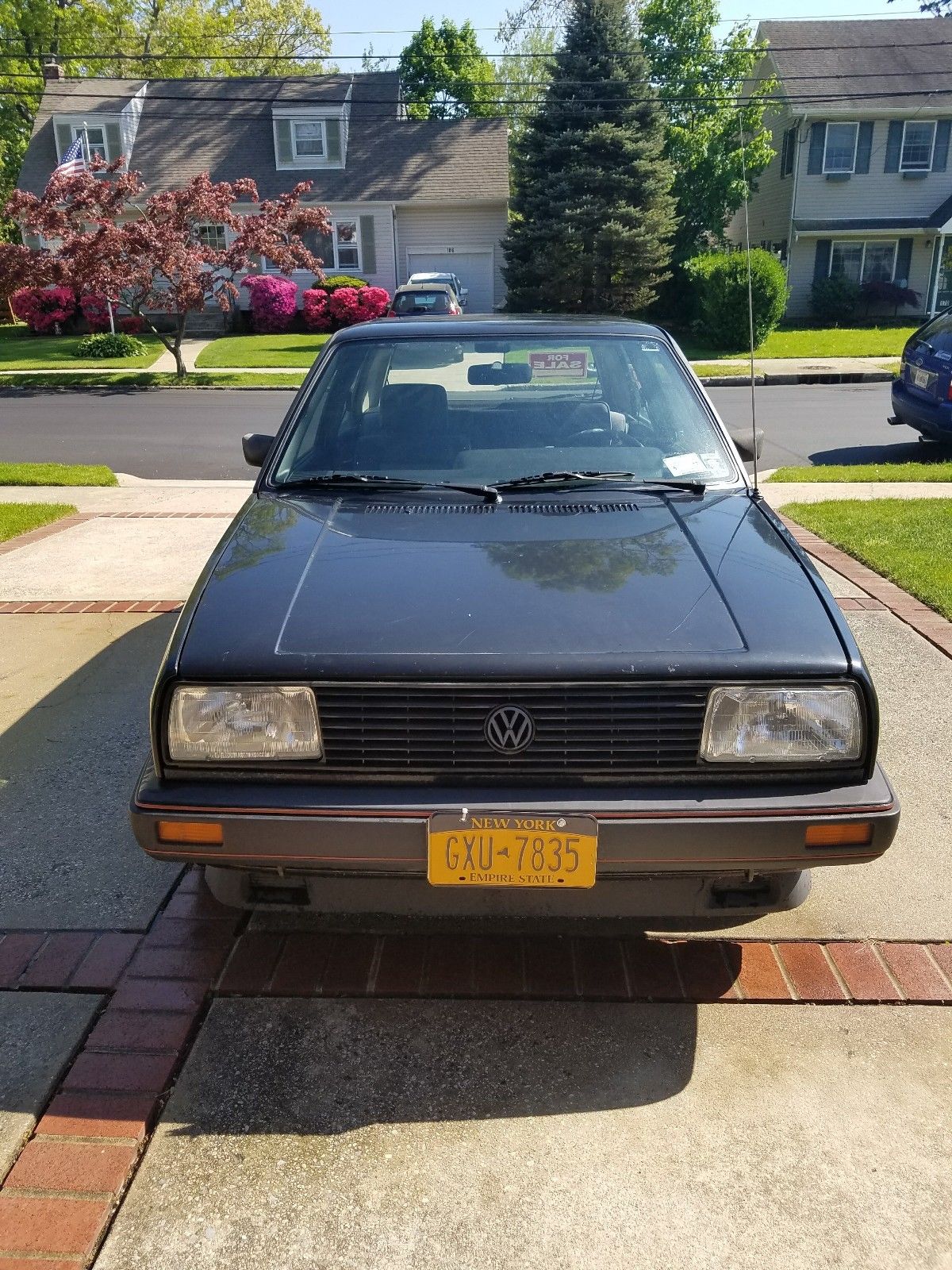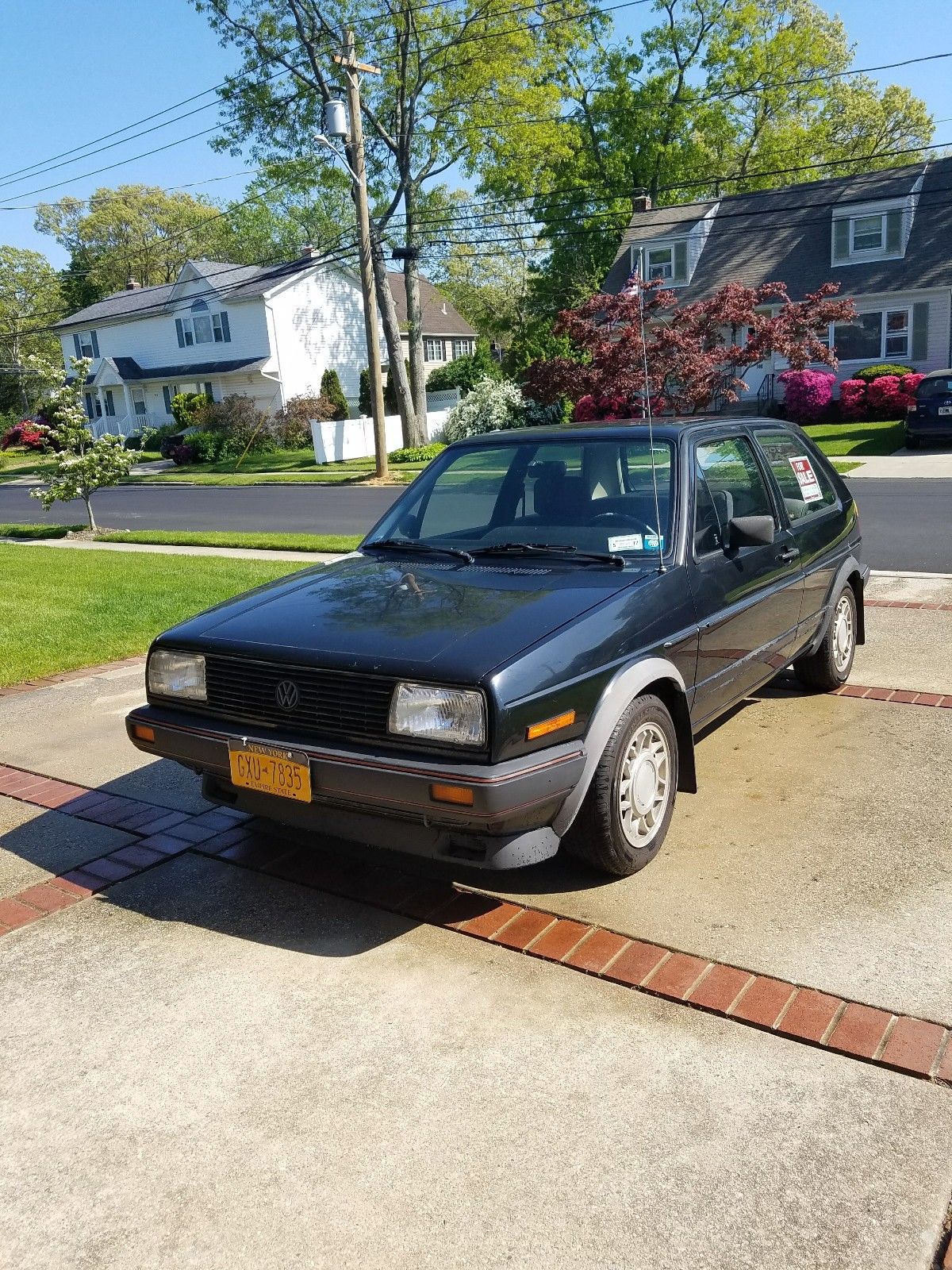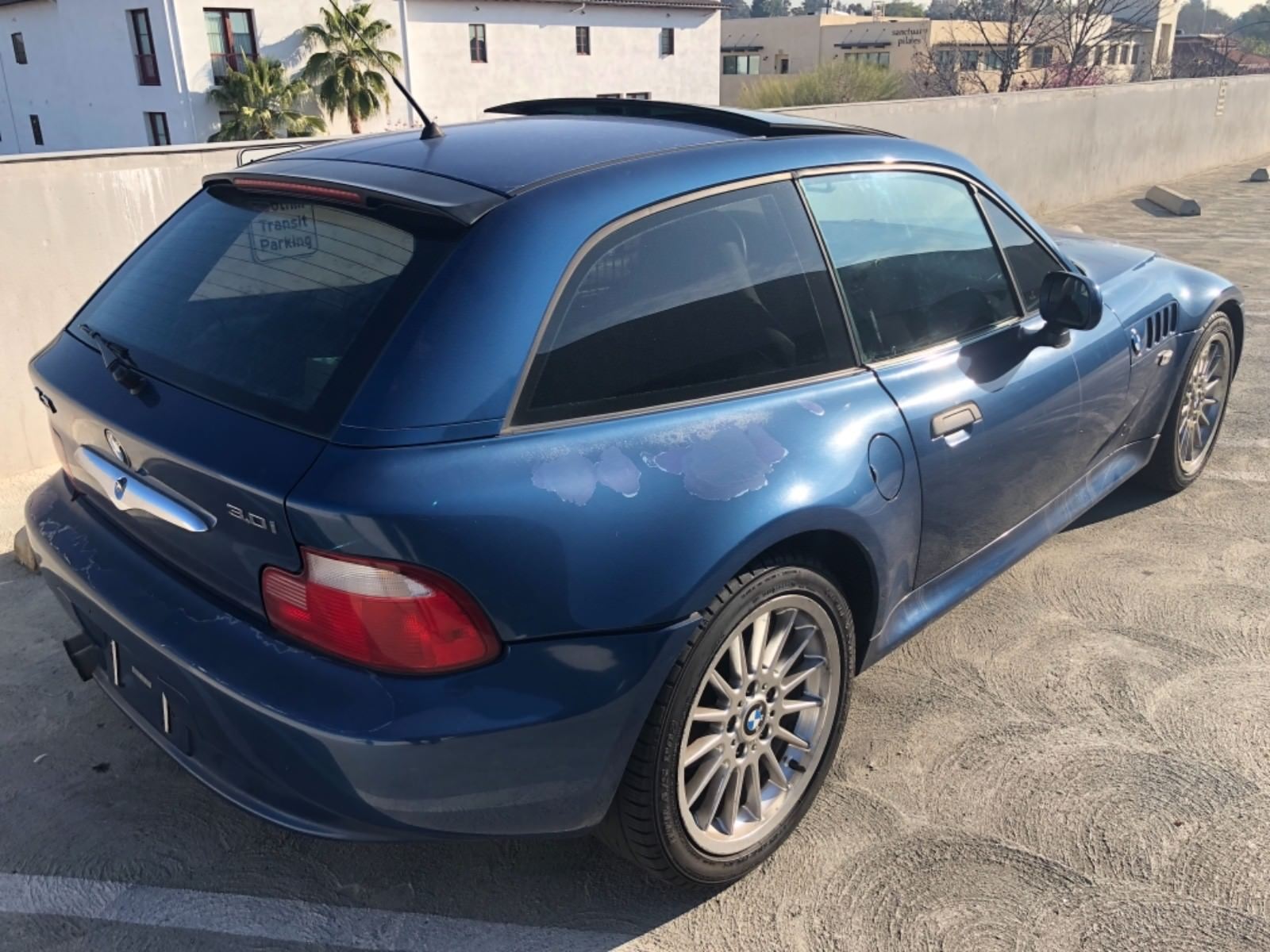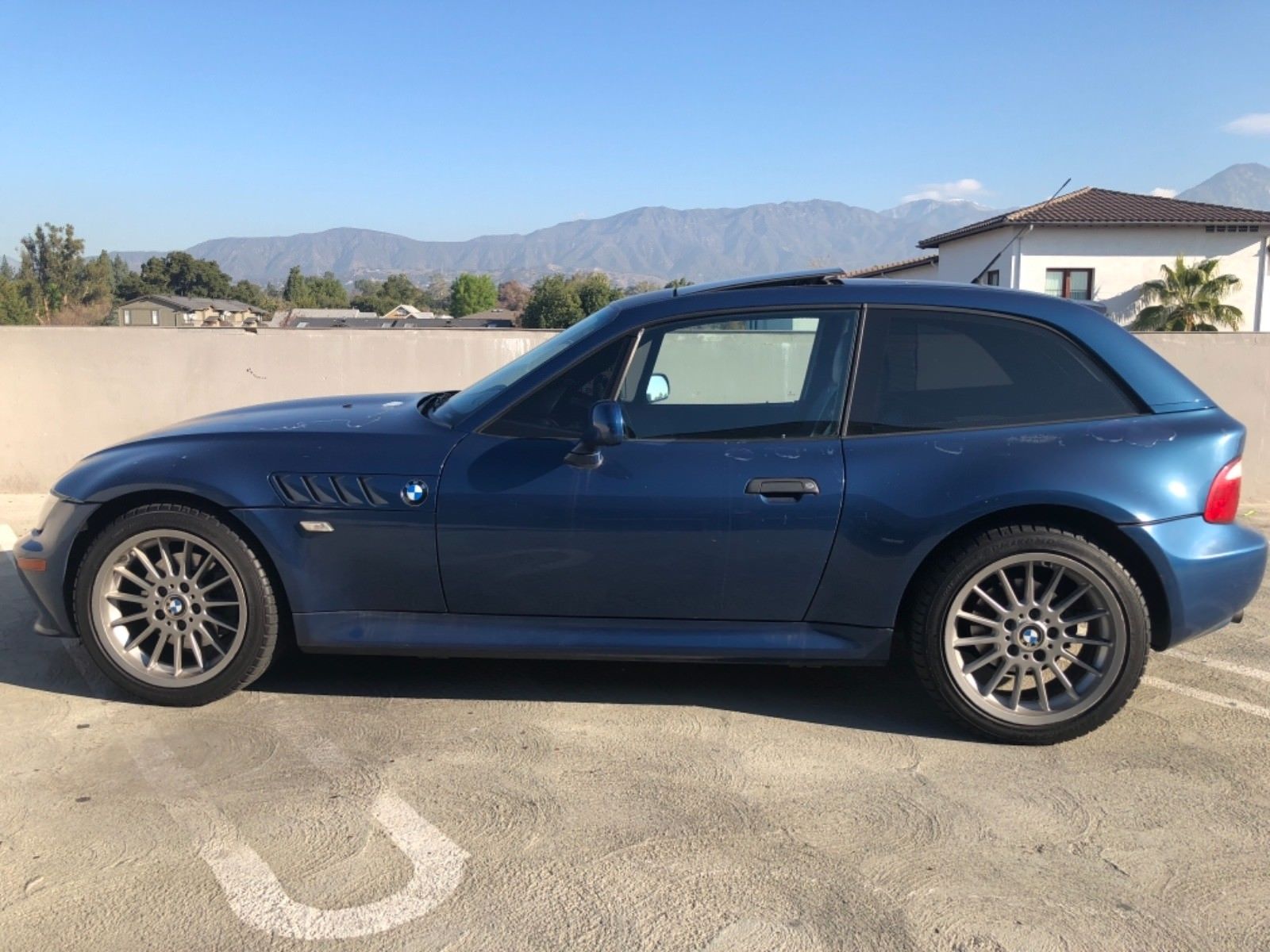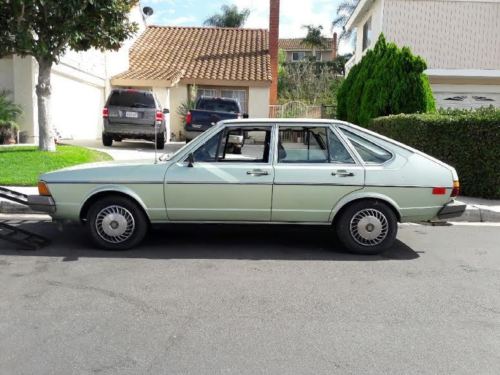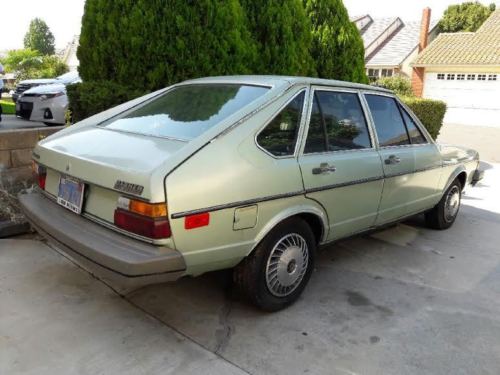In the early 1970s, a major change swept through Volkswagen. For some time, Volkswagen attempted to create unique ways to fit more people into a Beetle. The Type 3 abandoned the Beetle’s 2-door, fixed sloping roof profile for a (slightly) more conventional sedan, fastback and even variant wagon platform. That developed ultimately into the Type 4; the 411 and 412 again further moved VW “mainstream” with their Pininfarina bodies and more practical 4-door layouts.
Still, the writing was on the wall. Corporate partner Audi’s launch of the B1 chassis 80 model complete revolutionized both marque’s lineups over the next decade as rear-engine, air-cooled products were phased out and steadily replaced by new front-drive, water-cooled efficient and cheap to manufacture designs. The Audi 80’s design was refined by Giugiaro, so VW turned again to him to work his magic on the 412’s replacement.
What emerged after brief flirtation with the NSU-based K70 was the Passat. Unlike the traditional sedan that Audi got with the 80, the B1 Passat featured a dramatically sloping rear hatchback which picked up styling cues from both the Type 3 and Type 4, but of course was much more angular. Volkswagen offered three configurations for the first Passat; 3- and 5-door hatchbacks, and a 5-door variant wagon. These were introduced before the A1 Golf debuted in the U.S., and like the Golf, the Passat was given a North America specific name – the Dasher:


